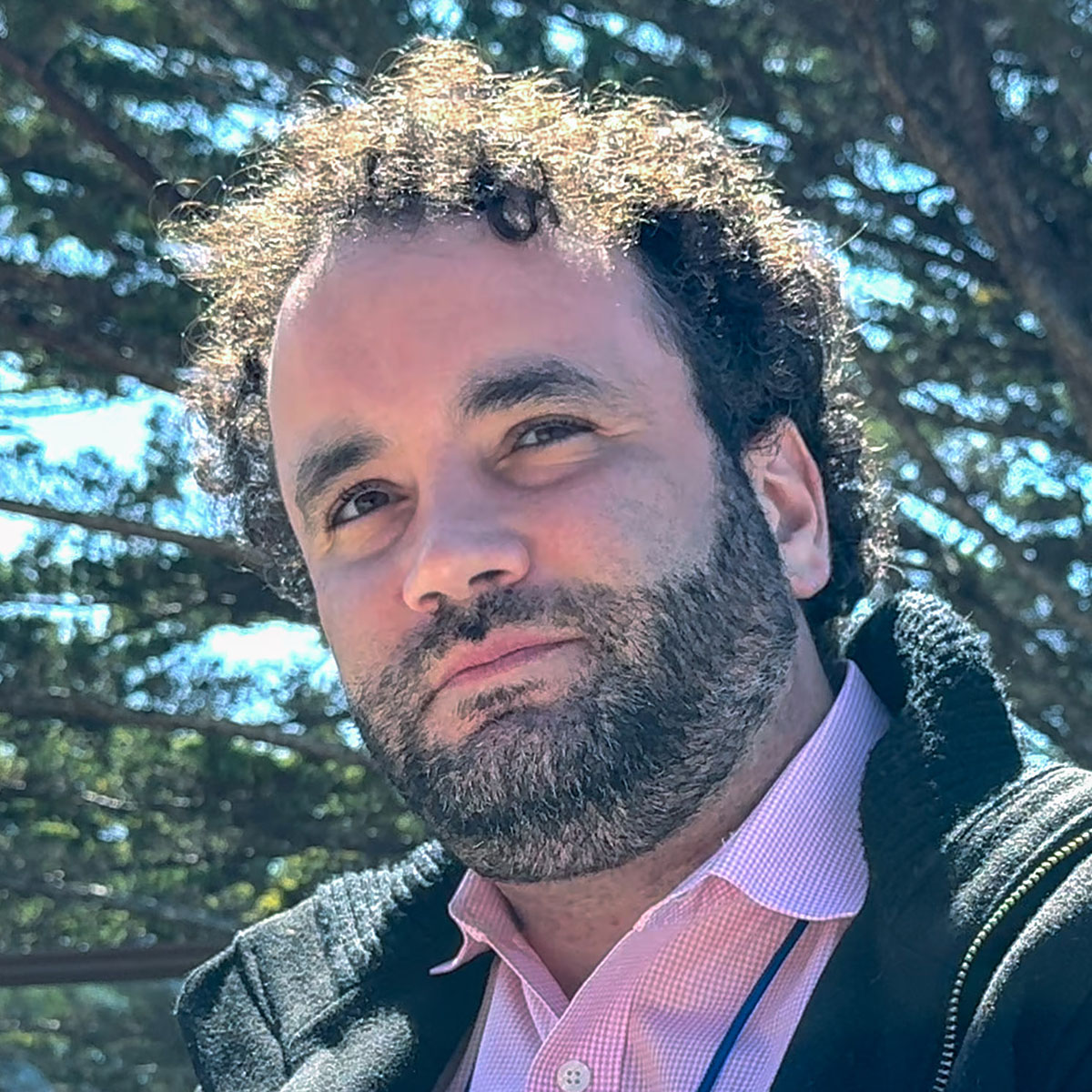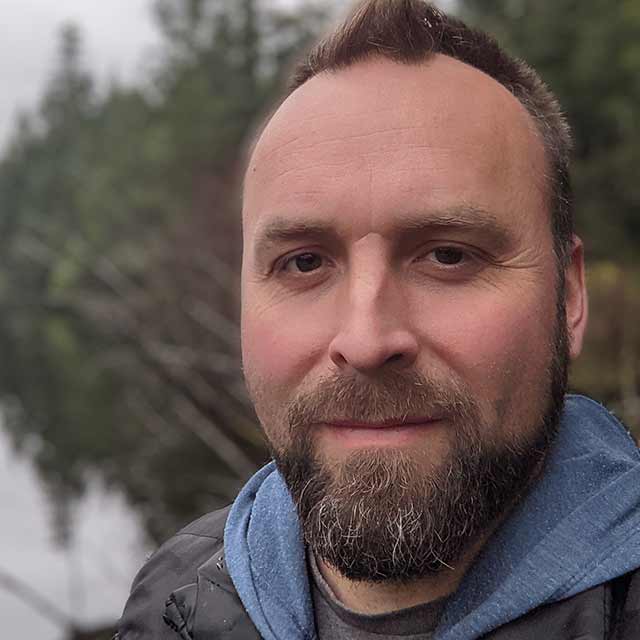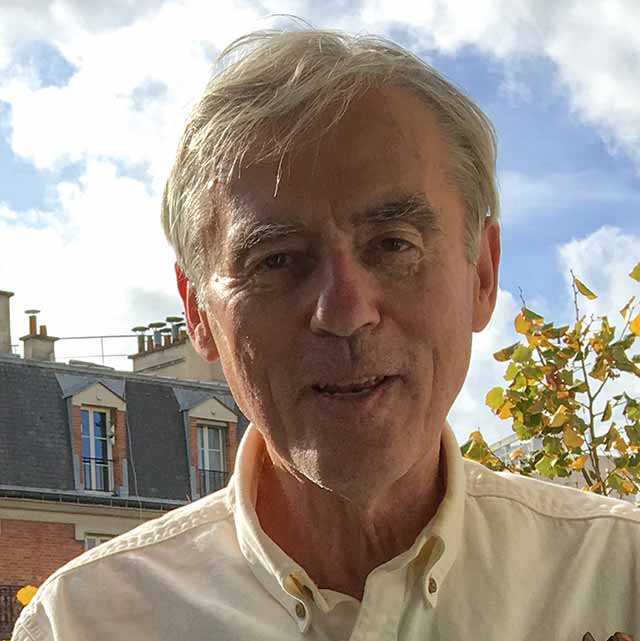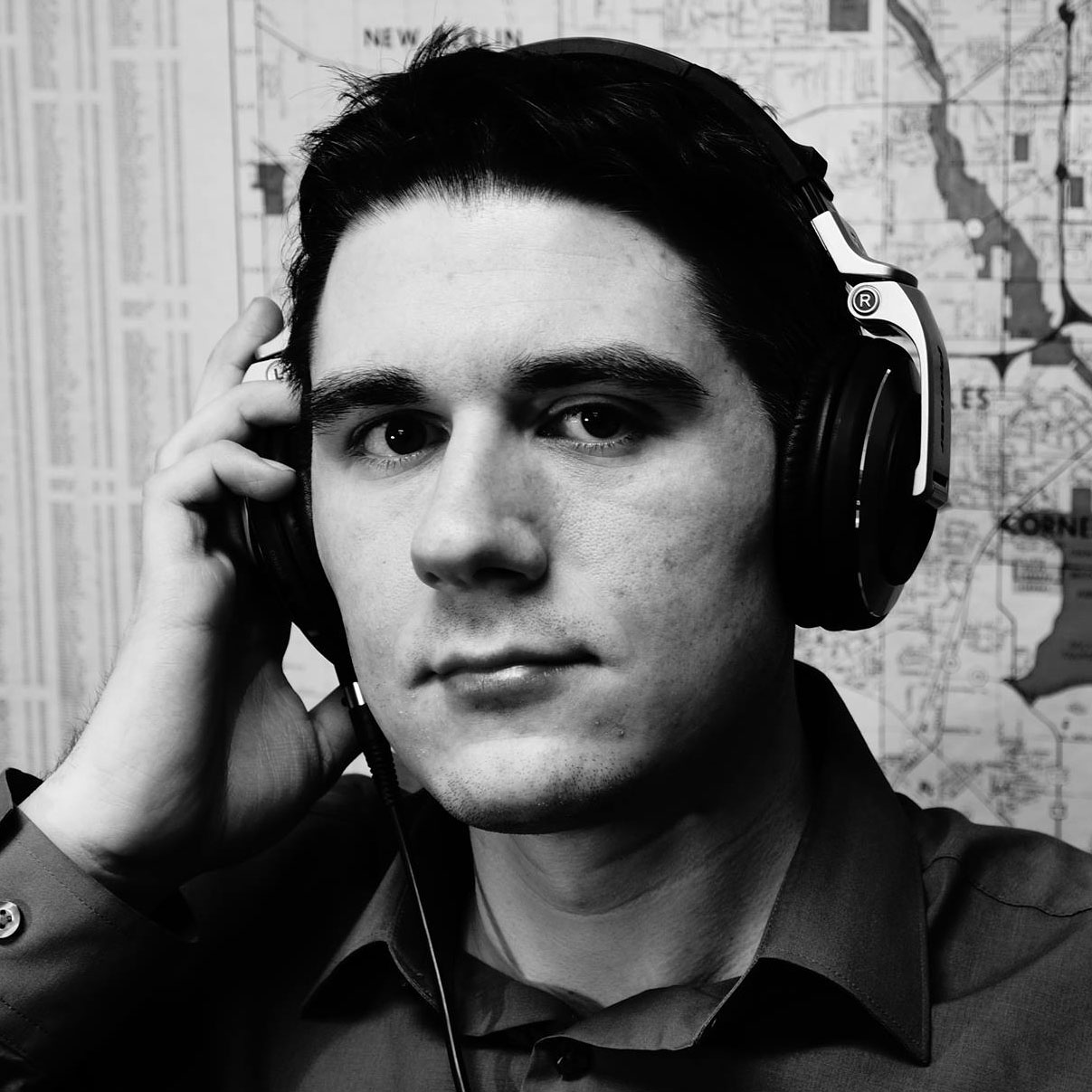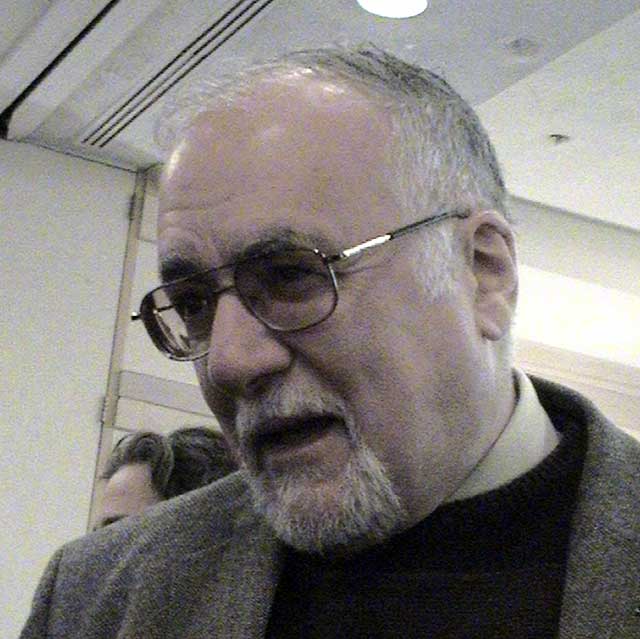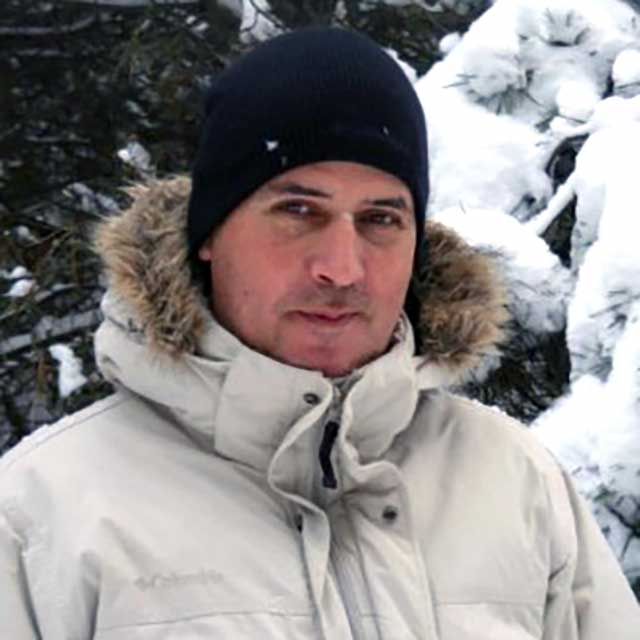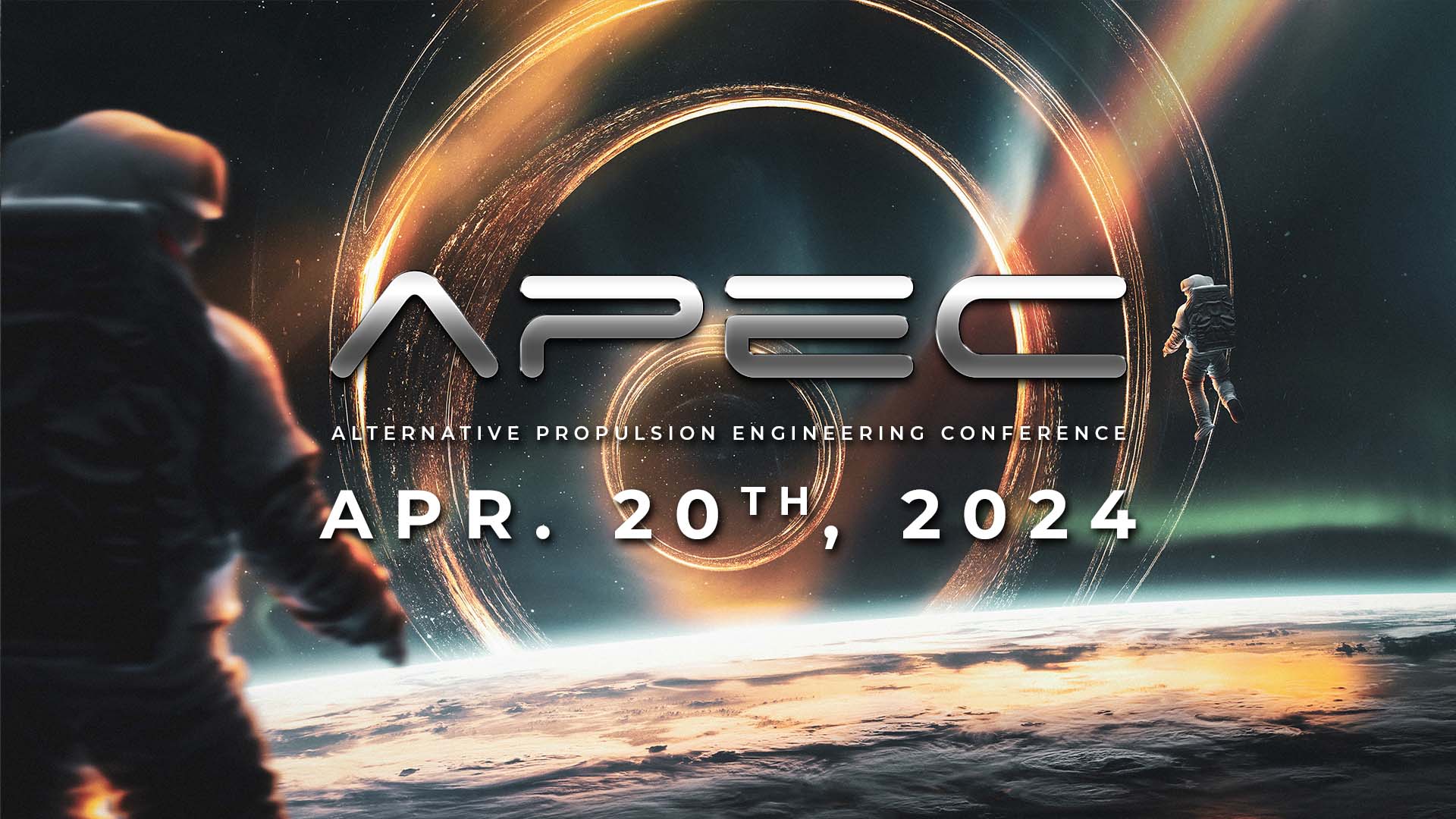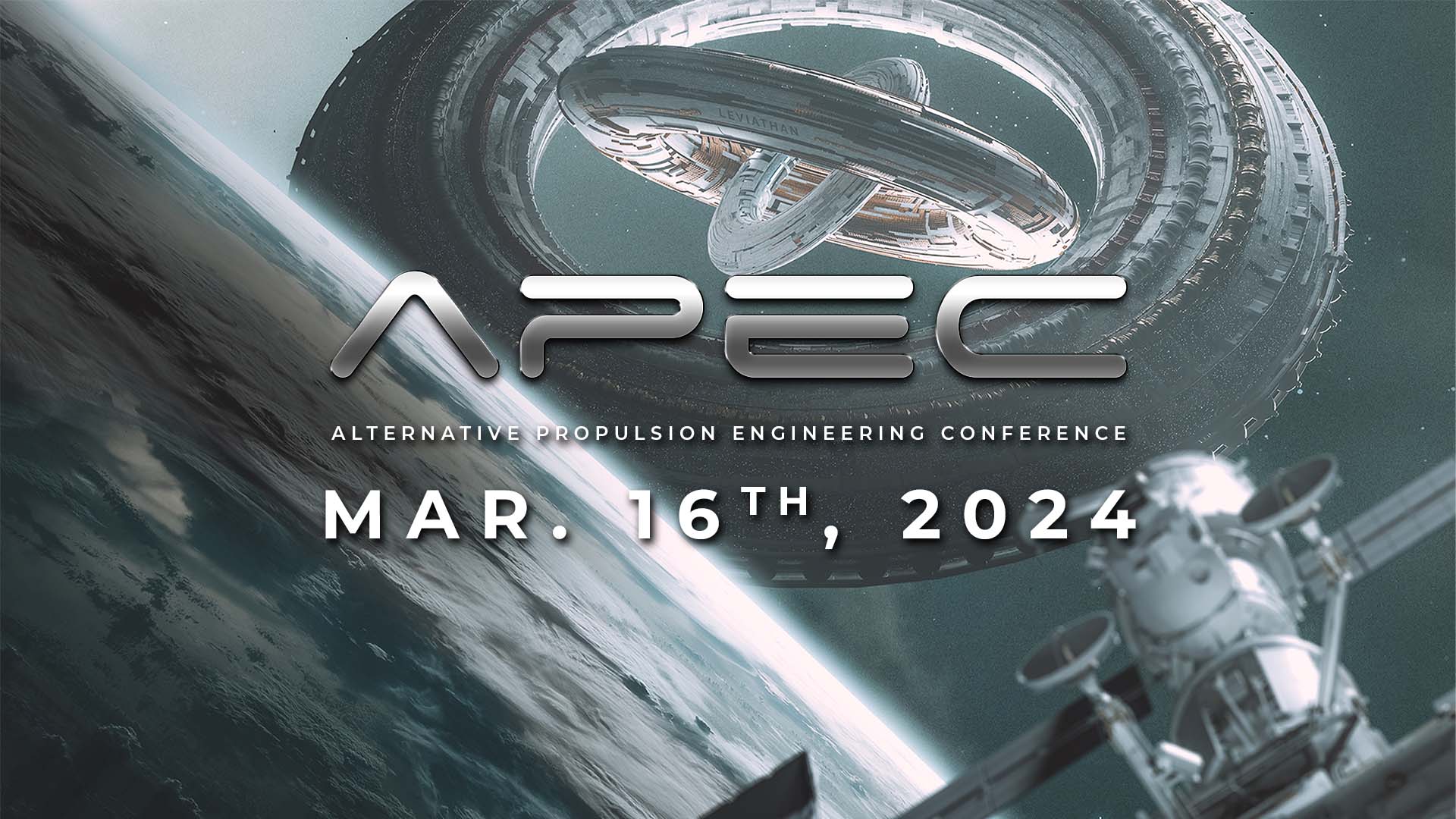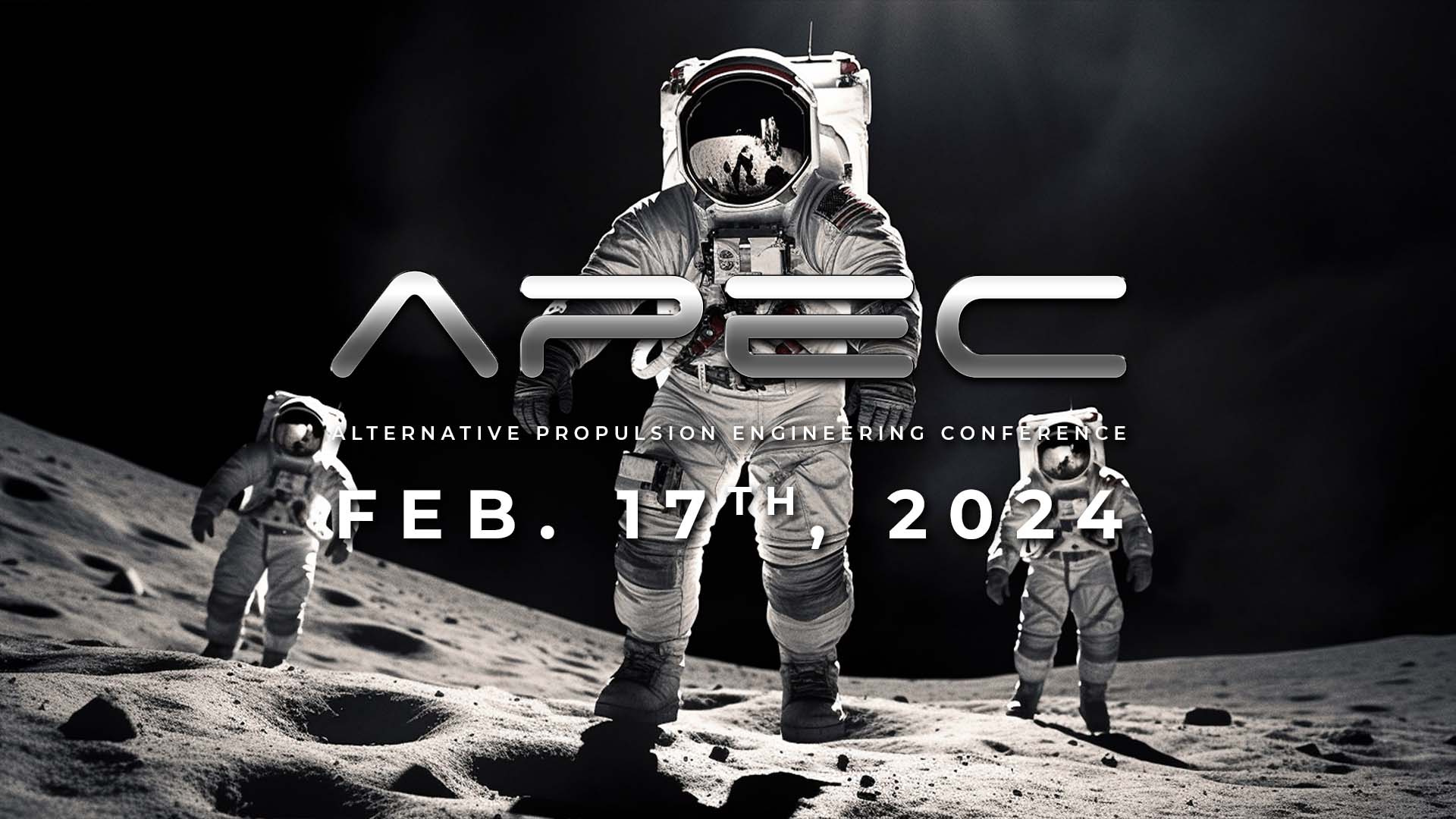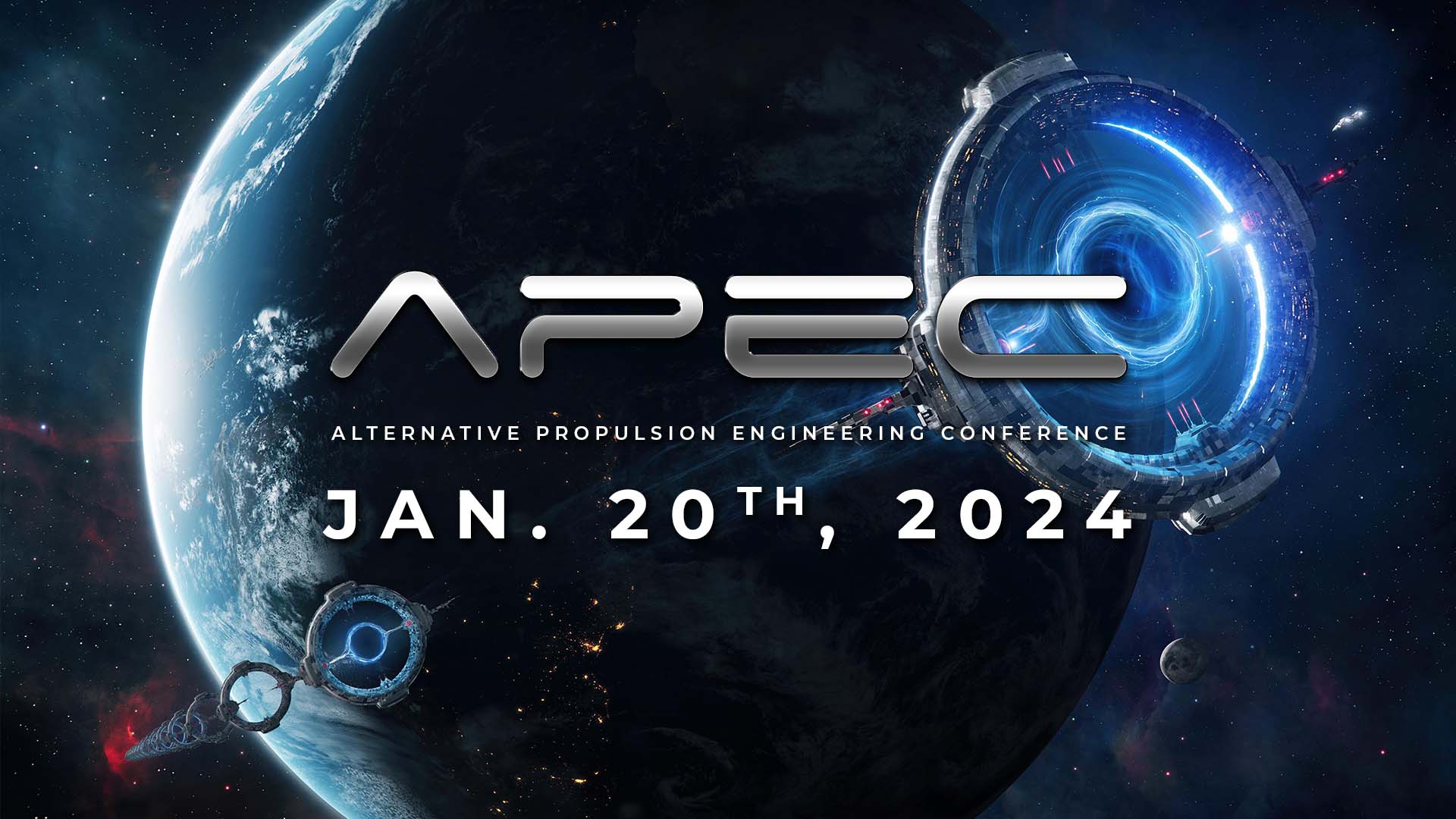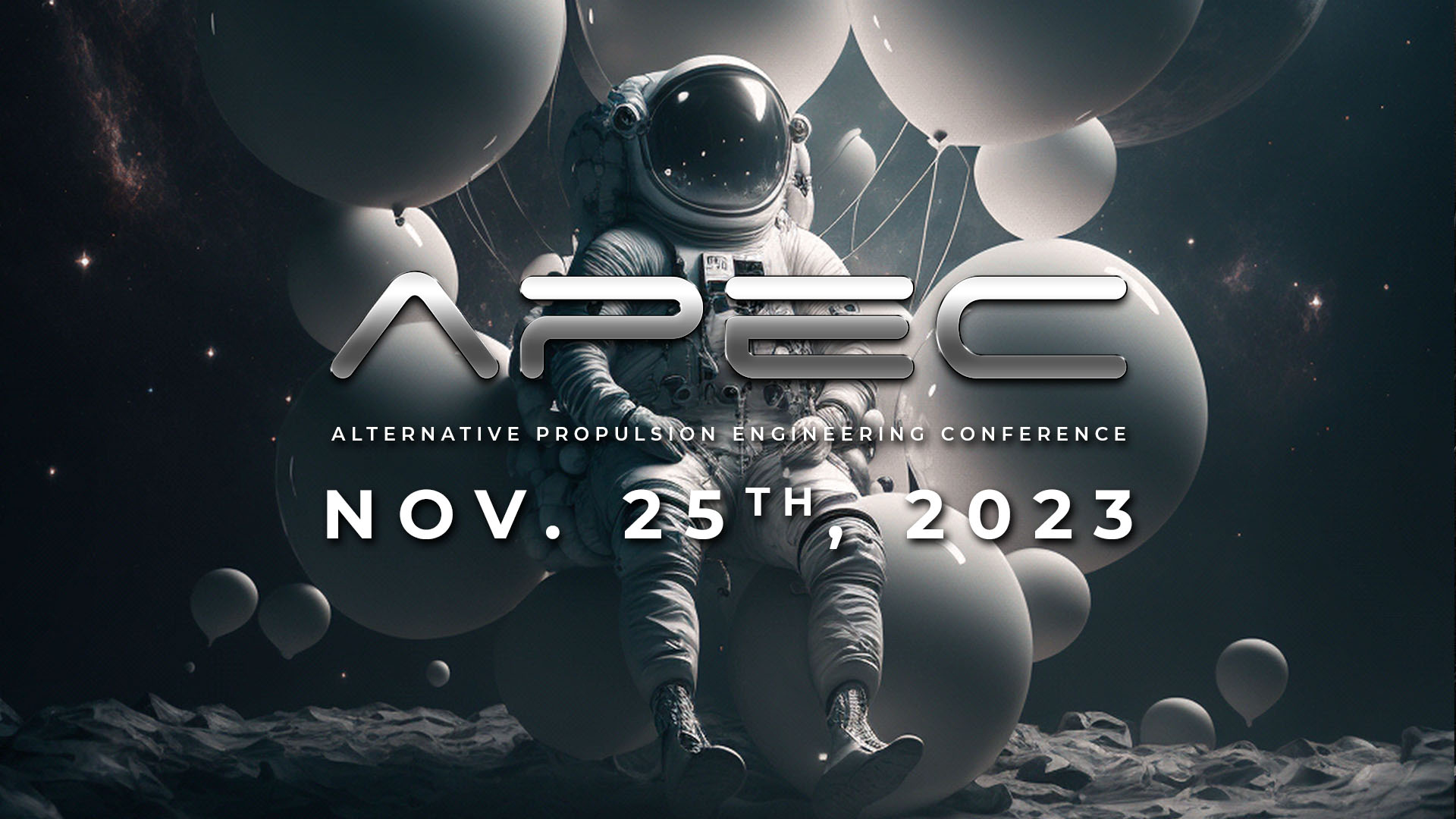APEC 11/13: Alternative Propulsion Engineering Conference
Conference Details
Learn about gravity-modification via nuclear magnetic resonance techniques with Mark Sokol and explore a new concept in inertial propulsion with Robert O’Keefe of Tachyon Aerospace.
Part #1 – Antigravity With Present Technology
Introduction to APEC by Mark Sokol and an overview of his team’s experimental research attempting to replicate the Alfozon gravity control experiment. Mark also provides a brief overview of the equipment his team uses & discusses some of the experimental methods & theoretical models that underly this project. Mark also introduces “Anti-Gravity With Present Technology: Implementation & Theoretical Foundation” by Frederick Alzofon, from the AIAA/SAE/SMS 17th Joint Propulsion Conference – July 27th to 29th, Colorado Springs, CO. In addition, Mark discusses the Alien Reproduction Vehicle (ARV) as described by Mark McCandlish, and offers an interpretation that is consistent with the Alzofon gravity modification model and also may explain the ionization effects seen in UFO encounters.
Part #2 – Alzofon Gravity Modification Experiments
This segment begins with Ron Kita discussing various patents & experiments that related to Alzofon gravity control, including Rex Schleicher’s patent on non-linear electromagnetic systems & other relevant experiments. Ron also discusses non-toxic eutectic metal alloys that are liquid at low-temperatures and provides design & machining notes for spinning metal disks that can be used in a replication of the McCandlish ARV. Wayne Ojala also showcases one of his latest experiments featuring electromagnetically stimulated gyroscopic precession and discusses the results of this experiments.
Part #3 – Inside The Antigravity Garage
Mark Sokol provides a demonstration of the hardware & equipment used in his replication experiments, along with a description of the types of power & signals required for his Antigravity experiments. Sokol indicates that his first Alzofon gravity modification experiment produced minimal results, but used only 20 watts of power. He is currently repairing a salvaged power supply capable of producing 10x more power, and discussing waveguide ideas to put that energy efficiently into his sample. Bill Alek discusses Tom Bearden’s MEG, the Floyd Sweet Vacuum Triode Amplifier (VTA), and the idea proposed by Bearden that negative gravitational attraction (antigravity) would result from a negative-energy condition, produced and described by Bearden in the Sweet VTA.
Part #4 – Negative Energy & Antigravity Hardware
If negative energy is involved with antigravity, then how do you create negative energy states? Mark Sokol discusses this with the conference attendees, including Bill Alek & Paul Murad. Mark Sokol also provides a walkthrough of his antigravity research laboratory and showcases some of the equipment he uses for gravity-modification engineering.
Part #5 – Antigravity Engineering & The Faraday Cage
Mark Sokol provides a walk-through of the experimental test apparatus he’s developing for his antigravity tests, along with a detailed examination of the faraday cage he’s built to test the apparatus in. Mark Sokol, Wayne Ojala, Jeremiah Popp, and Paul Murad discuss UFO sightings and try to apply anecdotal data from popular reports to what might be occurring with gravity modification.
Part #6 – Antigravity, UFOs & Breakthrough Propulsion Physics
Paul Murad begins a discussion of the practical & cultural challenges associated with the development of breakthrough propulsion physics, and discusses the challenge of attempting to collect data from UFO reports. Mark Sokol, Paul Murad, and the group discuss some of the latest physics theories surrounding gravity, and how those might relate to the engineering challenges associated with modifying gravity.
Part #7 – Antigravity Balance Demonstration
Wayne Ojala demonstrates an experiment he’s been developing that measures the weight on a coil under electrical load, and describes his experimental setup and the weight-reduction goals he hopes to achieve. Jeremiah Popp joins the discussion and elaborates on some of the possible physical & engineering models at work in Wayne’s experiment, and the two outline plans to potentially improve performance of the device.
Part #8 – Tachyon Aerospace Inertial Propulsion Drive
Robert O’Keefe from Tachyon Aerospace in the United Kingdom joins the discussion to talk about his team’s innovations with inertial propulsion apparatus. The Tachyon Aerospace device described by Robert O’Keefe uses an off-center rotating bucket system to produce upward thrust. The device does not completely lift off the ground, but O’Keefe claims that weight is greatly reduced on one side of the device while the other side does not increase in weight by the same amount (the overall weight is thereby reduced).
Part #9 – Inertial Propulsion & Magnetic Field Experiments
Robert O’Keefe from Tachyon Aerospace in the United Kingdom continues his discussion of innovations with an inertial propulsion apparatus. O’Keefe additionally discusses the measurement of complex magnetic fields associated with antigravity thrust, and Mark Sokol demonstrates some of these field configurations using iron filings on glass with a magnet underneath during the demonstration. The discussion concludes with an analysis of field configurations involved with likely production of thrust, and an examination of equipment used to produce it.
Links & Resources
• Robert O’Keefe (Tachyon Aerospace)
• Falcon Space (Facebook | YouTube)
• Alien Scientist Website
Join the APEC Conference
Want to see more great conference events like this one? Sign up for our mailing list to get exclusive access to captivating presentations, engaging events, and more!
RECENT EVENTS
APEC 4/20: Space Elevator, Graviflyer & QGEM Theory
March 23, 2024
APEC 3/16: Horizon Drive, Graviflyer & Gravitational Coupling
February 23, 2024
APEC 2/17: Zero-Point Energy, Inertial Propulsion & Dark Matter
January 26, 2024
APEC 1/20: SpaceTime Engineering & Quantum Warp Cores
January 4, 2024
APEC 12/23: Asymmetrical Capacitance, Warp Drives & Torsion Physics
December 12, 2023
APEC 11/25: Superforce, UAP Tracking & Prime Numbers
November 4, 2023
